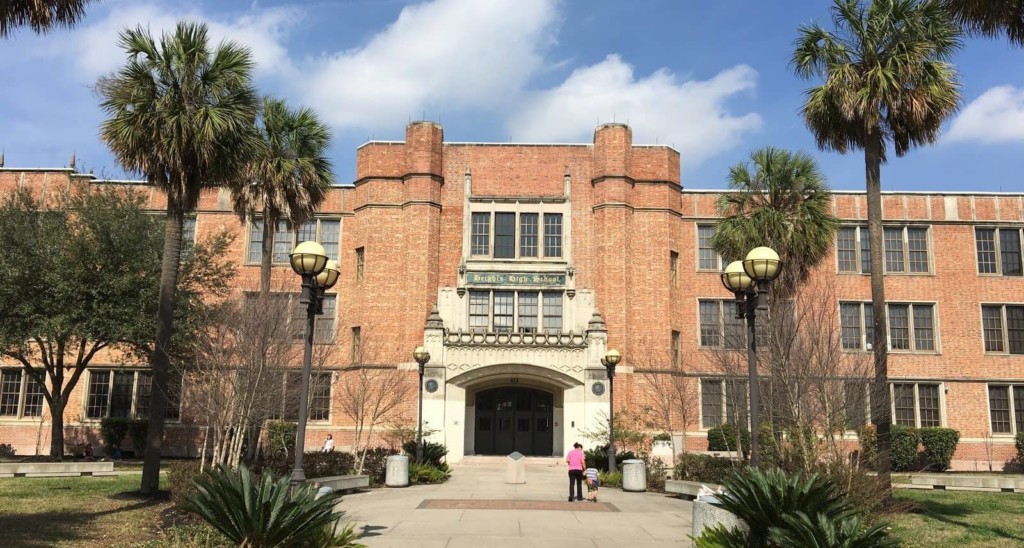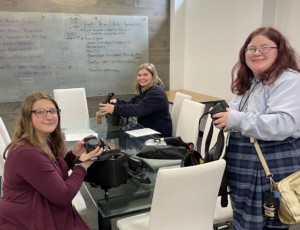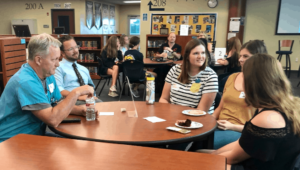Rethinking the High School Credential

Most American youth don’t get what they need from high school. There are lots of reasons–some economic, some cultural, some educational. Two root problems are how we’ve defined the finish line (graduation requirements) and how we communicate success (transcript).
For 125 years we’ve managed and recorded the high school experience as a series of courses and grades. It’s a record of time and activity but not a very good measure of knowledge, skills and dispositions. It doesn’t capture experiences or work products that provide evidence of growth and accomplishment.
The number and type of credits required (defined by local and state graduation requirements) guide course taking. Because it defines the minimum expectations for compulsory education, it reflects a social contract and equity promise.
Standards-based reforms of the last quarter century attempted to connect high school exit requirements to entrance requirements for pathways that lead to living wages with long-term opportunity. Unfortunately, by simply adding more English, math, and science credit requirements, these well-intentioned reforms reinforced time-based controls and traditional content-based courses.
In short, there are five problems that result from using credit-based requirements, test-based accountability and a transcript limited to these data points:
- Discipline-based course requirements block interdisciplinary study.
- Test-based accountability reduces the number of extended challenges, performance-based assessment and public products.
- Limited (and usually paper-based) transcripts list course credits and test scores but don’t help students share personal bests, unique accomplishments and capabilities, and evidence of growth on career readiness indicators.
- Graduation expectations aligned with college entrance requirements may work for traditional disciplines but are not well suited for new “earn and learn” ladders in career and technical education (for example, robotics and advanced manufacturing).
- Narrow focus on course and credit requirements limits emphasis on the importance of out-of-school learning (for example work, service, and civic-based learning). There are few if any opportunities to gain credit for out of school or informal learning (learning fractions on Khan Academy, taking calculus in a MOOC, learning work-ready skills on LRNG, starting one’s own business or cause).
It’s time for a new way to express expectations, to promote powerful learning, and to help young people share their capabilities. We’ve launched a 90-day sprint to design a better high school credentialing system. Some of the questions we’re asking include these five:
- Outcomes. What’s the best way to express desired student learning goals? What are the best outcome frameworks? To what extent should desired outcomes vary by career pathway or postsecondary plans?
- Evidence. What forms of evidence should communities accept of learning and growth? Micro-credentials and badges seem like a cool approach but how can we ensure consistent quality?
- Transcript. How could schools help students summarize their capabilities, accomplishments, and aspirations in ways that benefit them and receivers (especially colleges and employers)?
- Networks. How could schools be encouraged to work together around common expectations, assessments, and supports?
- Equity. If diploma systems become more modular and flexible, how can we ensure equitable access to career pathways? How can we improve guidance in order to support successful experiences and contributions?
We’d love to hear from you if you have an opinion or model in one or more of these categories.
After I talked to place-based education expert Greg Smith, he woke up in the middle of the night and penned this beautiful list of dispositions he’d like to see cultivated:
- Do as little harm as possible
- Care for others and the Earth
- Pay attention
- Cooperate rather than dominate
- Lead when needed, follow when appropriate
- Recognize and avoid the attractions of greed, hatred, and ignorance
Maybe you’ll be equally inspired the opportunity these questions ignite. If you are, add a comment or send your suggestions and examples to Erik@GettingSmart. Thanks for joining this important thought experiment.
For more, see:
- Proposal for an Innovation Diploma
- How Better Transcripts Will Improve College Admissions, Employment, and Licensing
- How to Promote College Readiness: A Washington Case Study
Stay in-the-know with all things EdTech and innovations in learning by signing up to receive the weekly Smart Update.






Tom Vander Ark
On learning goals, Kaleb Rashad, director at HTH, added beautiful aspirations:
Awareness of your ancestral customs & traditions
Awareness & ability to use your personal strengths, interests, values
Ability to influence others ethically & morally
Ability to pursue important questions with others and make valuable contributions
Ability to communicate in complex ways
Ability to express both creative and analytical thought
Ability to learn, unlearn and relearn content and technical skills
Exercises Compassion, Courage and Magnanimity
Relentlessly Curious, Imaginative, & Reflective
Ability to Find Meaning and Generate Purpose Across Networks
Ability to Tolerate Ambiguity and the Unknown
Progenitor of Joy and a Passion for Service
Des Sjoquist
Please check out mastery.org. This organization is gaining traction with top tier high schools and universities.
Replies
Erik Day
Thanks for the comment, Des! We've actually had quite a few discussions and been involved in some meetings with them--they're definitely doing good work.
Tom Vander Ark
From Tosha Woods (@Edvidence): Helping to build networks, understand how to find support or learning courses when they need it, equip them with courage to jump into the unknown and help them to understand that it is drive, ability to learn and work ethic that will see them through life. Not a diploma.
Tom
Beth Kay, California Community College System said:
This is an equally critical conversation for higher ed. The California Community Colleges has a moment, now, to link this rethinking to the currently funded initiatives; the Online College, new developmental education changes and a funding formula intended to focus our work on equity. More than ever before, these conversations must dismantle the silos among education segments and workforce/economic outcomes. While these comments primarily relate to our work in California, clearly there is a convergence of thinking across the US (Texas, Washington, New York.) Ideally, our CCC colleagues will learn from the work already advanced in K-12.
Jeff Petty
Late to the comment party here, really appreciate this article Tom! Two more Washington schools in our (Big Picture) network recently received the State Board waiver from credit-based graduation, meaning they are liberated from the time- and content-constraints of graduation defined by credits. A couple of them are working with Mastery Transcript Consortium to share transcript templates. While these seven schools developed their outcomes around the original five BPL Learning Goals from the early days of the Met in Providence, assessed mainly through student exhibitions, one might as easily build a waiver proposal around the outcomes described by Kaleb Rashad or Greg Smith. The State Board is as supportive as ever of such proposals, so its a great time for such innovations in Washington.